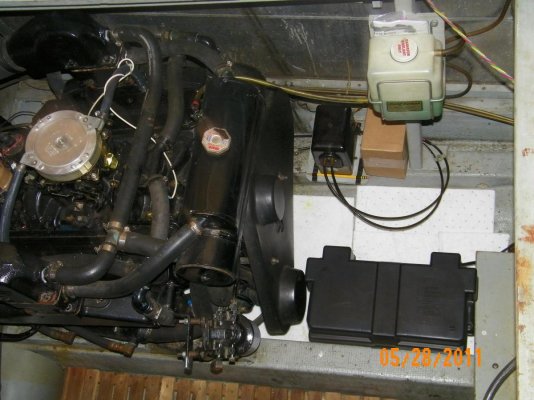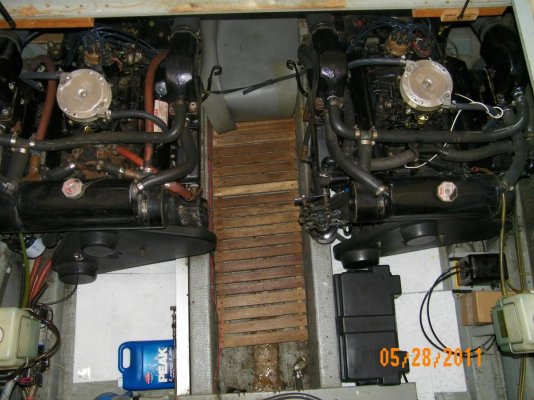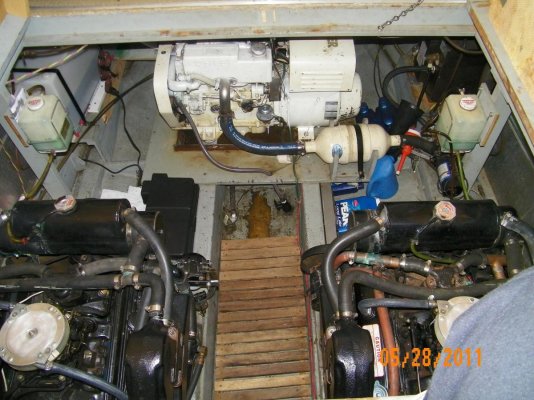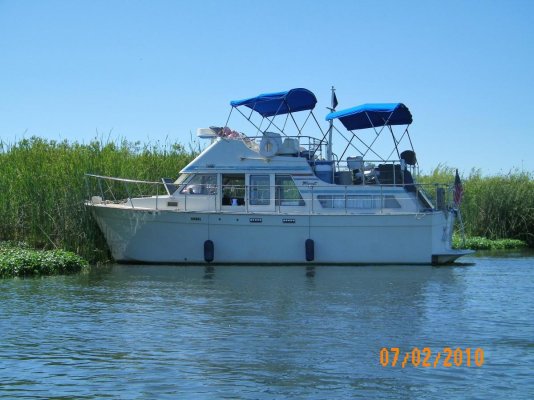It seems to me that if you have spooge in your tank, it will settle on the bottom, where any water will also end up. If your pump will not actually be strong enough to stir up the bottom you will not be "polishing" any fuel.
Diesel comes from the refinery with some water in it, then it gets handled, tanked, trucked, delivered and then it sits for a while, all the while gathering more water. It then gets pumped into your boat where it will likely sit for a while too. If you keep the fuel moving, agitated if you will, the water will stay in suspension. When it sits quietly for 24 hours or so, it settles out. To the bottom of the tank. It is the water in the fuel that provides the medium for the growth of biological stuff.
If our Racors are spec'd properly, the turbine part is designed to spin out the water. If you don't have a filter turbine, some water goes through your engine. However, having stated that about Racors, I have never read anything that proves that the system actually works.
Anyway, with all due respect, unless you have provided a pump that makes the inside of your tank look like a washing machine with the lid up, you are fooling yourself if you think you are "polishing" your fuel. However, if the small pump you are using runs 24 hours a day, you might accomplish something as the fuel never gets to settle.











